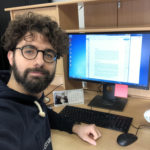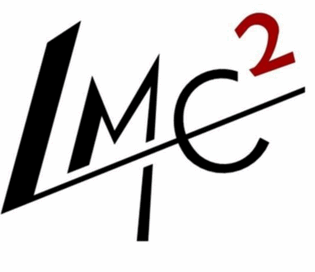
PHD Topic
Inverse-method identification of the level of damage to reinforced concrete structures reinforced by composite materials.
Abstract
The objective of the thesis work is to develop a methodology for identifying the level of damage of a reinforced concrete structure reinforced by composite from geometric measurements. More and more civil engineering structures are reaching or exceeding their age limit and are reinforced by composite materials. This topic has been covered by LMC2 research teams for almost 20 years.
To date, the challenge is to know, when the structure is strengthened, whether the mechanical response is normal or not from the mechanical point of view and to anticipate failures. From this perspective, the aim is to develop the concepts of digital twins in civil engineering through image recognition and intelligent composites capable of informing a model about the level of damage, both global and local (strain , displacement….). This thesis work is a first step towards this ambitious project.
A digital twin is a digital replica of an object, process or system that can be used for a variety of purposes. Digital representation provides both the elements and the dynamics of the structure’s functioning throughout its life cycle. Digital twins integrate artificial intelligence, machine learning and data analysis with data to create numerical simulation models that update and change as their mechanical counterpart’s change. A digital twin constantly learns and updates itself using multiple sources to represent its functioning in its environment, its damage or its constraints in near real time. This learning system, learns of itself, using sensor data that transmits various aspects of its working state and adapted modeling.
The thesis work will develop a numerical and experimental approach. From a real model of hyperstatic structure in the form of a RC frame reinforced by FRP, a numerical modeling will be developed on the basis of a 3D reconstruction of the prototype by image processing. The model will then be enriched by the introduction of non-linear behaviour laws of constituent materials. In a second step, instrumentation by Digital Image Correlation and deformation sensors will allow, under a given experimental solicitation, to make a model/experiment comparison in real time. The purpose of the thesis will be to identify the level of damage based on the level of solicitation.
Supervisors
- Emmanuel FERRIER
- Laurent MICHEL
- Sylvain BEL
Begining and end of thesis
26/11/2019 – 25/11/2022
